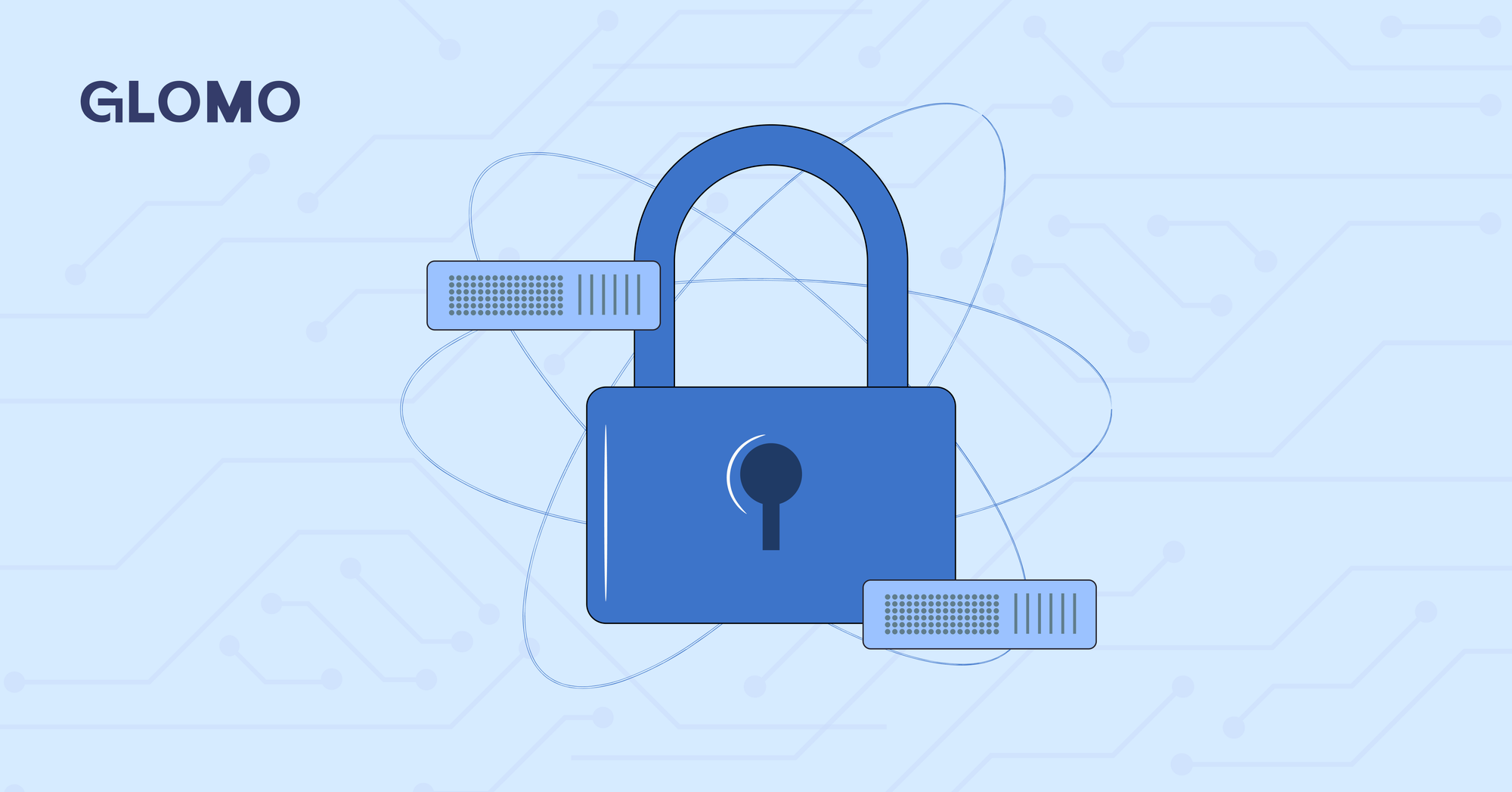Tokenization: Strategic Considerations for Global Enterprises

The Enterprise-Scale Case for Tokenization
Global enterprises today operate in an environment where payment data security, regulatory complexity, and customer experience expectations intersect with enormous operational scale. Tokenization addresses all three.
Tokenization replaces sensitive information—like card numbers or account details—with algorithmically generated tokens. These tokens can traverse networks, systems, and borders without exposing underlying data to risk. This is more than just a security upgrade; for enterprises handling high volumes of international transactions, tokenization becomes a strategic enabler of operational agility, compliance, and trust.
According to Visa, “The Visa Token Service has enabled more than 29 billion tokenized transactions to date, with fraud rates significantly lower than those of traditional card-based transactions”【source: Visa Developer Blog】.
Cross-Border Challenges Tokenization Solves
1. Global Data Privacy Compliance
Cross-border transactions must comply with a patchwork of regional regulations—GDPR in Europe, DPDP in India, LGPD in Brazil, and more. Storing or transmitting raw payment data increases regulatory risk and compliance overhead.
Tokenization helps mitigate this risk by ensuring that sensitive data never leaves the issuing country in its raw form. It supports data localization laws while still enabling global payment orchestration through token vaulting and mapping services.
“Tokenization allows merchants and service providers to offer personalized, real-time digital experiences while reducing the need to store cardholder data.” — Mastercard Developer Docs
2. Intermediary Risk and Infrastructure Fragmentation
Cross-border payments often route through 3–5 intermediaries, including local banks, payment processors, and FX providers. Each handoff increases the attack surface and introduces friction.
Tokenization reduces the sensitivity of data handed off between parties, enabling safer interactions and allowing for intelligent routing without compromising customer credentials.
McKinsey notes, “Payments are becoming disconnected from accounts. The number of players is proliferating, fragmenting the value chain, increasing complexity, and endangering the vision". Tokenization centralizes security in a fragmented infrastructure.
Technical Architecture for Tokenization at Scale
Tokenization is not just a feature—it is an infrastructure investment. Here's how it typically works in enterprise-grade deployments:
🔹 Token Generation
- PAN or account number is sent via a secure API to a Token Service Provider (TSP) (e.g., Visa, Mastercard, or a custom vault).
- A token is issued and mapped to the original credential.
🔹 Token Storage
- Tokens are stored in PCI DSS-compliant token vaults, often region-specific to comply with local data laws.
🔹 Token Lifecycle Management
- Enterprises can set rules for token expiration, renewal, or re-binding to user identities.
- EMVCo’s token specification includes lifecycle and domain control capabilities.
🔹 Token Usage in Payment Flow
- Token is used in place of raw credentials across checkout, subscription billing, and refund flows.
- If a network token (issued by the card network), it can be auto-updated when a card is reissued.
This flow enhances not just security but resilience—reducing payment declines due to expired cards and streamlining the checkout UX.
Business Benefits for Enterprise Leaders
1. Reduced Fraud and Chargebacks
- Stripe reports that tokenized transactions are 26% less likely to be fraudulent.
- Mastercard observed a “50% reduction in fraud” for merchants that adopted network tokenization.
2. Faster Global Rollouts
- With tokenization in place, enterprises can more confidently launch in new regions, knowing sensitive data isn't directly exposed.
3. Simplified PCI Compliance
- Tokenization scopes down PCI requirements drastically.
- Enterprises can offload compliance to trusted TSPs or vaulting partners.
4. Smarter Orchestration
- With tokenized credentials, enterprises can route payments based on cost, approval rate, or geography—without reauthorizing the customer.
Future Trends Enterprises Should Monitor
🔸 Network Tokenization
Card networks now issue network tokens tied directly to card schemes. These are more portable, automatically updated, and reduce declines.
🔸 Token-to-Token Interoperability
Cross-token mapping is on the rise, enabling multiple PSPs to work off a shared token for multi-acquirer strategies. EMVCo and major PSPs are exploring standards.
🔸 Blockchain and Decentralized Vaulting
New solutions leverage blockchain as a decentralized vault, offering global enterprises multi-jurisdictional control with cryptographic transparency.
“We believe the next evolution of tokenization will not only secure transactions but make them programmable.” — Capgemini World Payments Report 2024
Action Plan for Enterprises
If you're managing payment infrastructure at an enterprise level, here are concrete next steps:
- Audit your payment data flows: Identify where sensitive data is stored or transmitted.
- Evaluate tokenization vendors: Consider both network-level (Visa/Mastercard) and vaulting-as-a-service providers (e.g., TokenEx, VeryGoodSecurity).
- Pilot token orchestration in one region: Use it to test FX routing or multi-gateway strategies.
- Develop token lifecycle policies: Integrate token management into your risk and compliance framework.
Conclusion
Tokenization is no longer just a data protection mechanism—it is a foundational pillar of global payment strategy. For enterprises navigating the complexity of international commerce, tokenization offers a pathway to secure, scalable, and compliant growth.
Let your competitors chase fraud retroactively. Use tokenization to build trust proactively—one token at a time.
